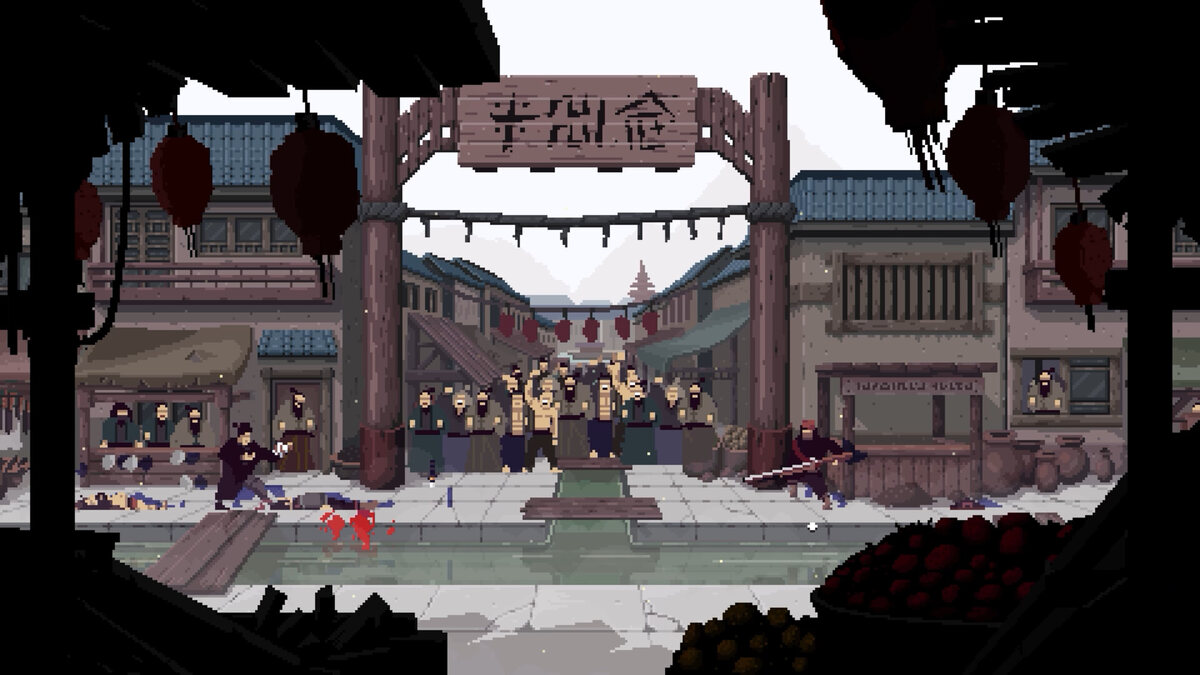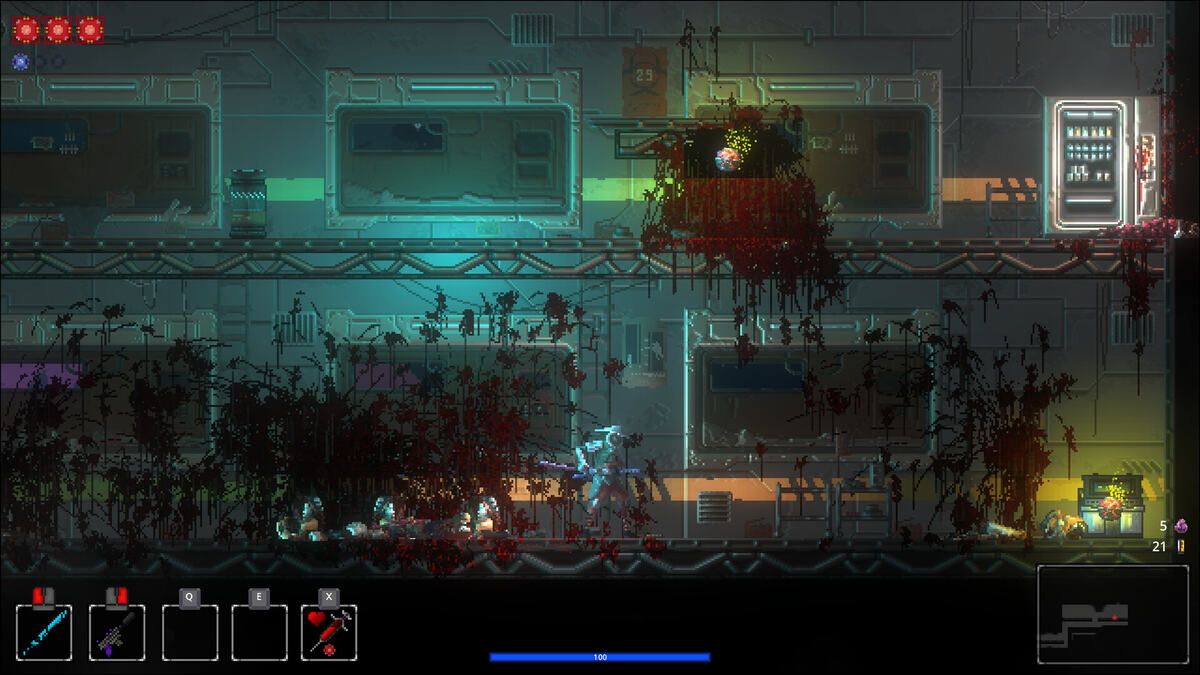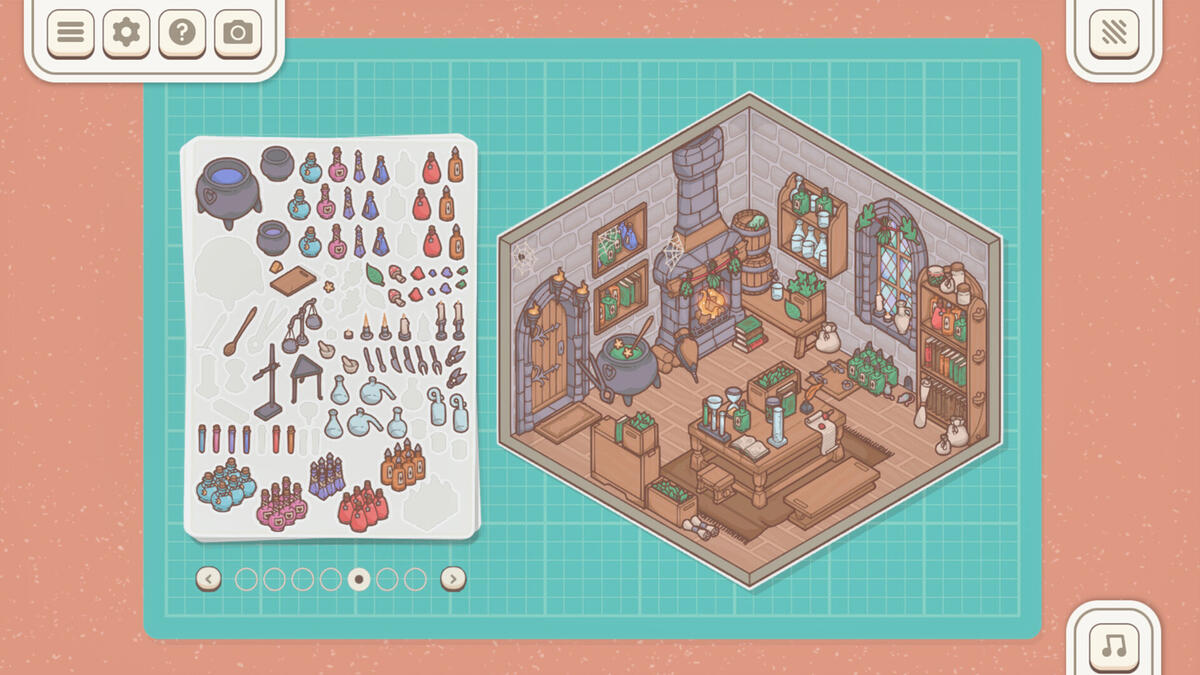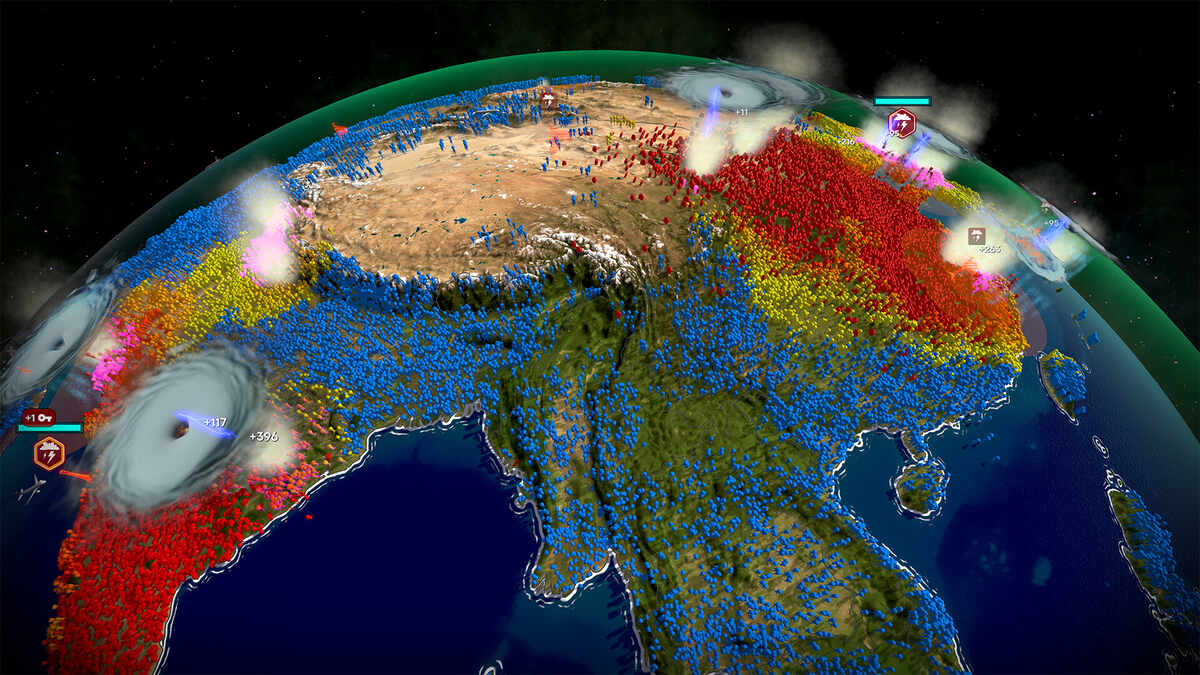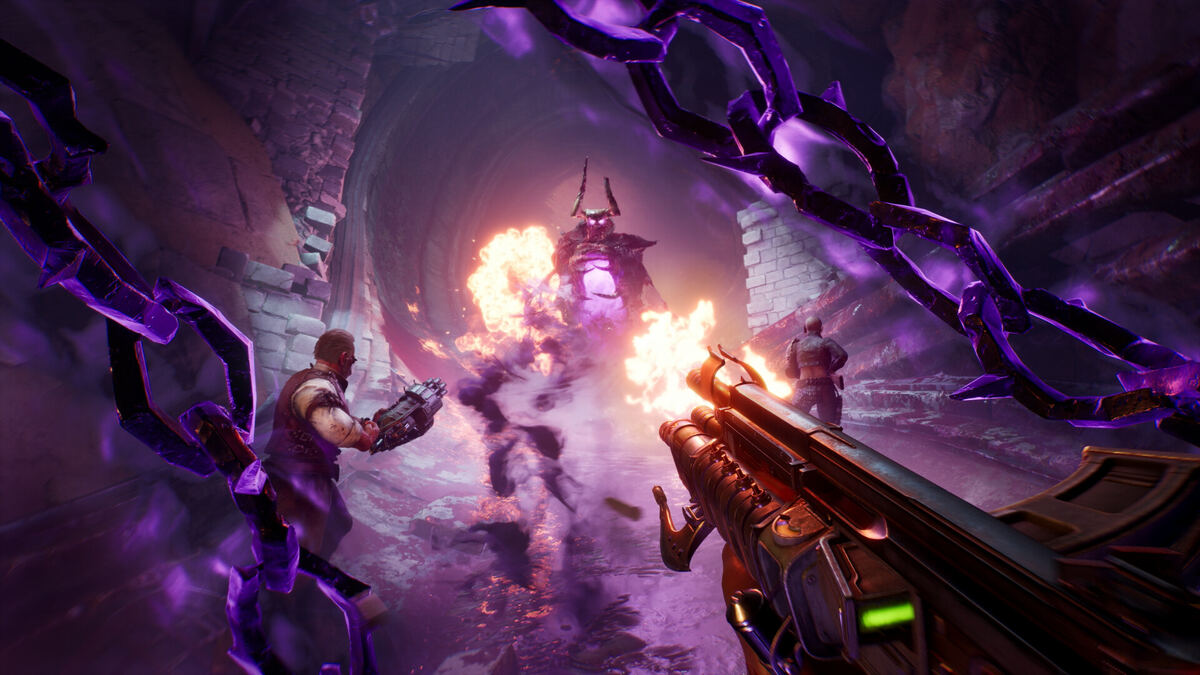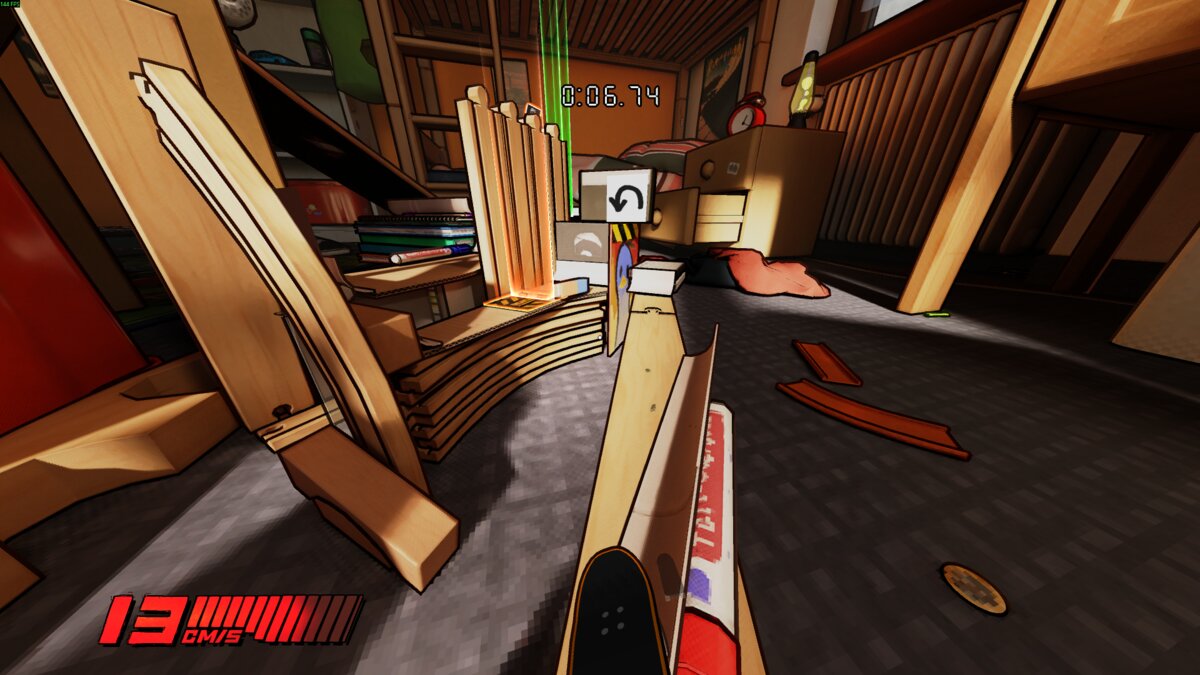You can trust VideoGamer. Our team of gaming experts spend hours testing and reviewing the latest games, to ensure you're reading the most comprehensive guide possible. Rest assured, all imagery and advice is unique and original. Check out how we test and review games here
PES on Xbox 360 and PS3 is not what it was on PS2 and Xbox. For whatever reason, Shingo ‘Seabass’ Takatsuka and co over at Konami have struggled to do anything noteworthy with the extra graphical oomph and processing power Microsoft and Sony’s consoles afford them. PES 2008, especially on PS3, was crippled by frame rate issues. PES 2009 was better, but it played like a 25-a-side match in the playground: Fast, frenetic and mostly bonkers. And it still suffered in the frame rate department.
Konami’s “next-gen” struggle couldn’t have happened at a worse time. Four years ago EA set in motion a new graphics and game engine that was to revolutionise the previously inferior FIFA series. It culminated in last year’s FIFA 09, undoubtedly one of the best football video games ever made. The only thing worse than being bad is being bad when your bitter rival is being great.
This year things could be different. 2009 could be the year PES fights back. 2009 could be the year that Seabass finally shows he listens. Not just to the likes of us, but you, and others like you. To fans. The people who matter. The people who have ditched PES in favour of FIFA. The people who jumped ship, turned to the Dark Side… crossed the line.
PES 2010 is a much better game than PES 2009 for many reasons, spread out across all facets of the game. Two solid days hammering a preview build shows this to be true. The graphics are hugely improved. The player faces are the most accurate ever seen in a sports video game. Some of them unnervingly so. Spurs’ speedy winger Aaron Lennon looks bang on, as does Chelsea’s midfield powerhouse Michael Essien and Manchester United’s Wayne Rooney. During replays, in the tunnel and as the teams line-up before kick-off, you can’t help but marvel at the players’ facial hair and jaw lines. So authentic are the faces that Sky Sports pundit Andy Gray might be moved to say to Seabass: “Take a bow son – your faces are world class.”
While this outstanding quality doesn’t quite extend to the whole player, bodies and kits are improved. The folds and lines of jerseys change as players move, although they still suffer from the waxwork look seen in the last few PES games. Shorts blow in the wind – so much that it’s silly, and possibly even a preview build glitch. It’s not clear if Konami has deliberately animated certain players to mimic their real life walks and running styles, but there was a moment during a replay when Lennon almost bopped in that silly rude boy way he does in real life.
Of course, for the most part you won’t have the camera close enough to see the player faces. For the most part you’ll actually be playing the game, with the camera set to suit your taste. From this view, the graphics are improved, but not hugely – FIFA 09 still has the upper hand in this respect.
Konami’s clearly worked hard on player animations, which is good news, because PES’ players have always suffered from somewhat robotic, wooden animations, especially for passing. There are more of them – playing a long ball now causes the player to shape his body the way he should, not stick out some cyborg leg and hoof the ball in some ridiculous, physics-bending arc. A mid-air flick will see forwards put the ball in the path of midfielders who are bursting into the box. There are more shooting animations, too. One goal scored in the VideoGamer.com office saw Liverpool twinkle toes Yossi Benayoun use every neck muscle known to man to hit a header with the ball almost behind him.
But how does it play? How does PES 2010 feel when you actually play a pass, shoot at goal or try in vain to break cover star Lionel Messi’s legs? The answer is… like FIFA. It’s slower and it’s harder. Passing, even only a few feet, is nowhere near as accurate as it used to be. Player ability to instantly control even the most difficult of balls has been drastically reduced. It’s harder to get round players. It’s easier to get the ball off of players. It’s harder to play through balls – the ball now will occasionally hit the back of the runner’s heels where before it would roll perfectly into his path. Shooting is harder – perhaps it’s because the keepers are better, or the shooting accuracy has been toned down. Perhaps it’s a combination of the two. Crossing feels, at first, almost useless – the ball seemingly drawn to defender’s foreheads like page three girls to Premier League footballers’ wallets. In short, the ball’s hard to control. Very hard to control.
This shift extends even to penalty taking, which has been drastically revamped. Now, the height and direction of a penalty is governed by how long you hold the shoot button and the desired direction. It’s easy to do a Chris Waddle and send the ball into row Z. It’s hard to work out exactly how long to hold down the buttons, especially the direction, in order to get the shot on target. Remember the days when all you had to worry about was hiding your controller under your shirt so your opponent couldn’t see what direction you were aiming? Those days are over.
After a penalty shootout loss, BBC pundit and PES commentator Mark Lawrenson said: “I’ve never lost a penalty shootout in my life! I can’t tell you what those players are feeling now!” Gutted, perhaps.
Konami’s new approach is welcome. Last year’s game played like pinball. The ball pinged about the pitch like a homing missile following a fly. The players ran about like rejects from Kick Off and Sensible Soccer. With PES 2010, PES feels like football again, and everyone should be delighted.
The preview build still threw up the odd barmy moment that was unmistakeably PES. Everton’s impressive winger Steven Pienaar tried to put a cross in at the dead ball line, but instead seemed to kick the ball against himself and send it out for a goal kick. Defences are prone to comical “clear the damn ball!” moments, where it seems the only purpose is to make us laugh.
Beyond these graphical and gameplay changes, not much has changed. Konami’s inserted a puzzling “Player Index” system which allows you to turn off and on special ability cards, for want of a better term. You can turn on the “Long Ranger” card for Liverpool’s Roy of the Rovers Steven Gerrard, for example, which will make the AI make him get into position to take shots from anywhere and everywhere. Some cards are passive and can’t be changed, like “One Touch Play” and “Quick Turn”.
The idea is that the system will allow you to fine tune how the AI governs player movement when not controlled by the player. In real life Wayne Rooney seems unable to stop himself from running around the pitch like a man possessed, putting in red card tackles in his own half just for fun. In PES 2010, you can simply turn off his penchant for tracking back, forcing him to goal hang instead.
It’s hard to work out why you’d turn off some of the cards. Nani, for example, has a card called “Trickster”. The in-game definition says it improves his step over ability. Why would you ever have this turned off?
To be honest, the “Player Index” system doesn’t feel like it makes a massive difference to play. It’ll probably end up something only those who really like getting their hands dirty with tactics and formations and the like use. For everyone else it’ll be an interesting but ultimately unused aside.
Of more interest is the new “Team Style” tactics system. There are four offensive and four defensive types, each one with a slider. You’re able to adjust things like “Position Switch”, “Attacking Style”, “Pressing” and “Compactness”. By default, certain teams will reflect their real life counterparts. Man Utd, for example have “Position Switch” set to 80, which means “Frequent”. This reflects Rooney and Nani and Berbatov and everyone else’s ability to change positions, making it harder for opposition defences. If you want to change Manchester United’s style to a more rigid one, you can, and player movement will reflect that.
The Master League returns, although with a facelift that makes it much more in-depth and grants more manager type options (getting fictional sponsors on board is now your responsibility). Konami’s Champions League license still, puzzlingly, doesn’t include the official licenses for all the teams that are in it (Liverpool and Manchester United are the only officially licensed Premier League teams). There’s a “Community” mode which looks like it’ll allow you to set up leagues and tournaments for your mates, which sounds great. And the “Be a Legend” mode returns.
Whether Konami’s done enough to return PES to its former glory remains to be seen. Indeed, whether it’s done enough to convince disillusioned fans to return to the fold is by no means a certainty. But the indications are good. The vibes are positive. The feeling is sweet. The fight back starts now.
PES 2010 is scheduled for release this autumn for Wii, PS3, Xbox 360, PC, PSP and PS2.
PES 2010
- Platform(s): iOS, PC, PlayStation 2, PlayStation 3, PSP, Wii, Xbox 360
- Genre(s): Sport
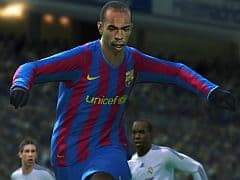
/https://oimg.videogamer.com/images/f7c0/pes_2010_41.jpg)
/https://oimg.videogamer.com/images/4bd6/pes_2010_38.jpg)
/https://oimg.videogamer.com/images/cb5e/pes_2010_42.jpg)

